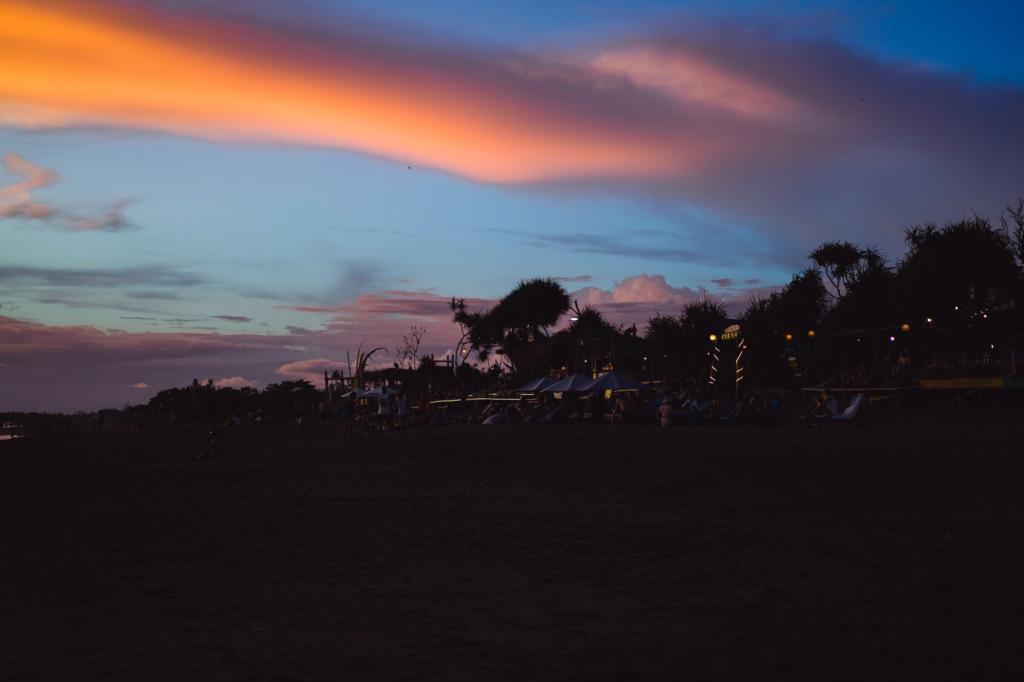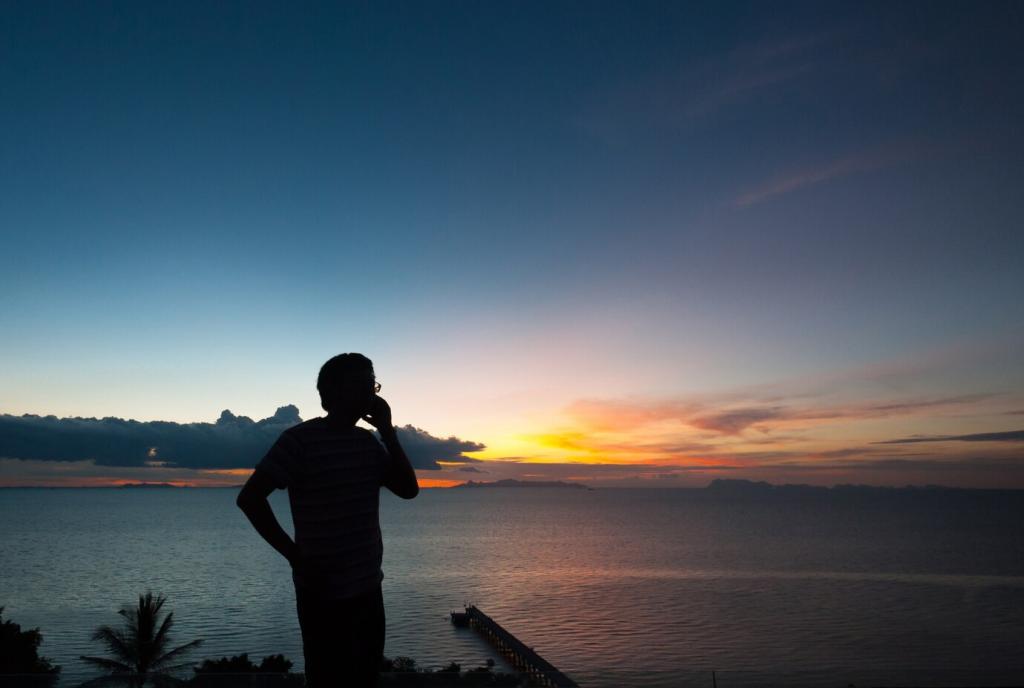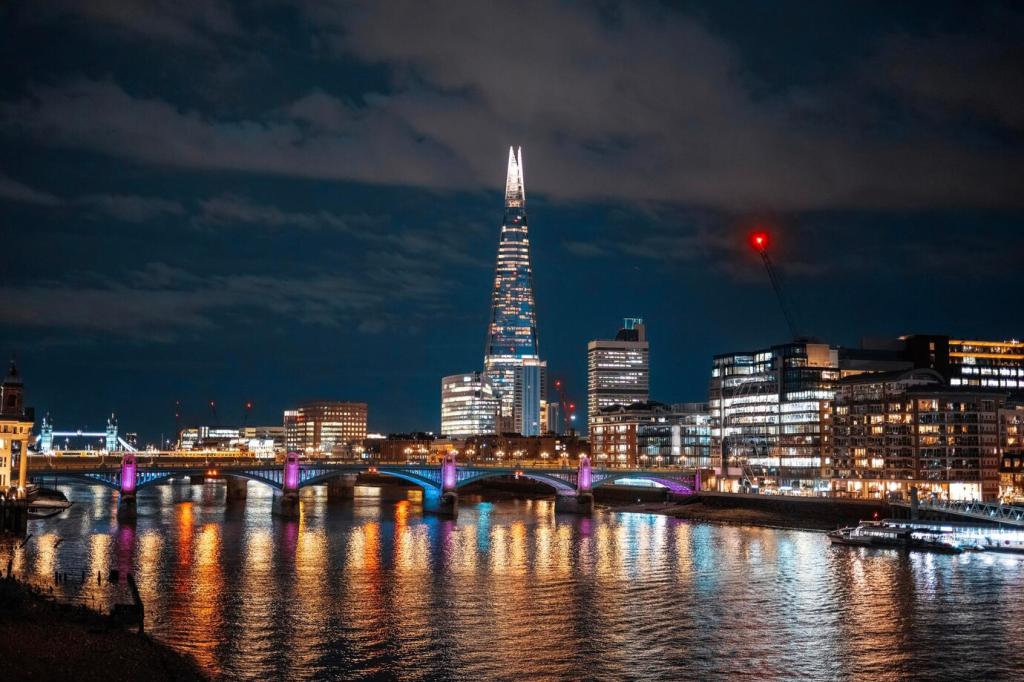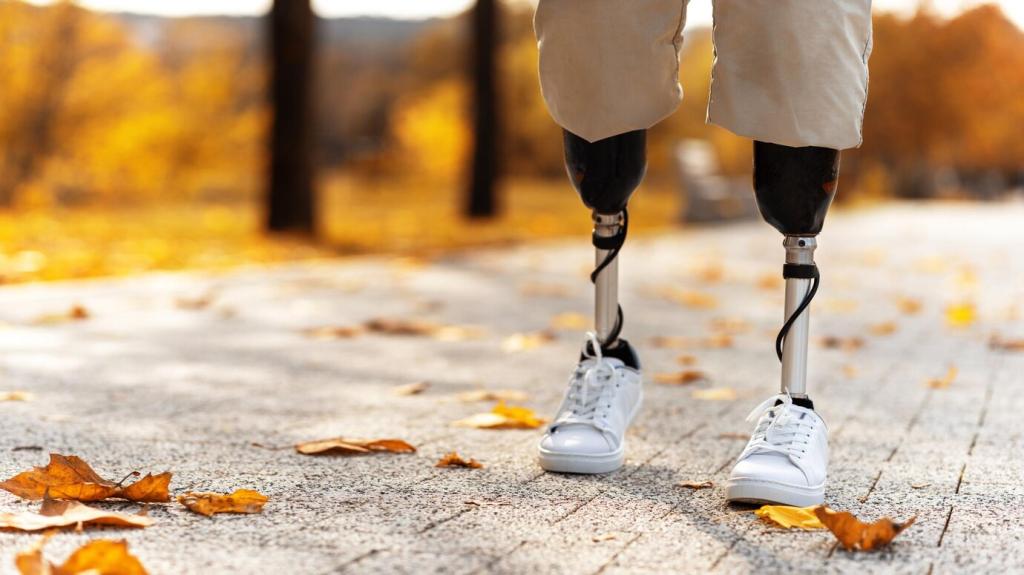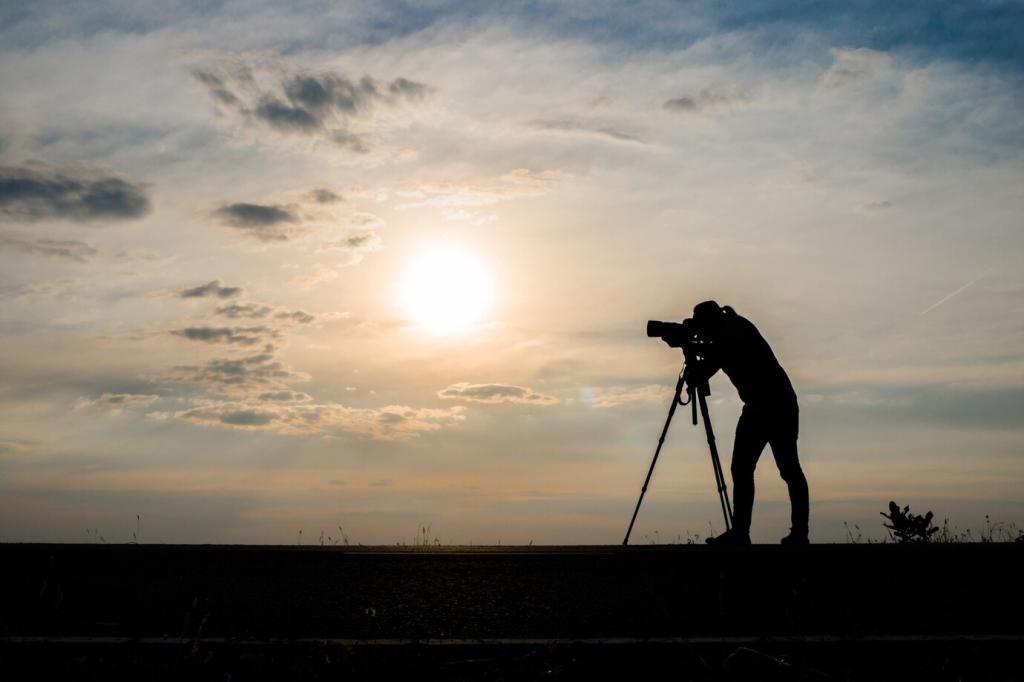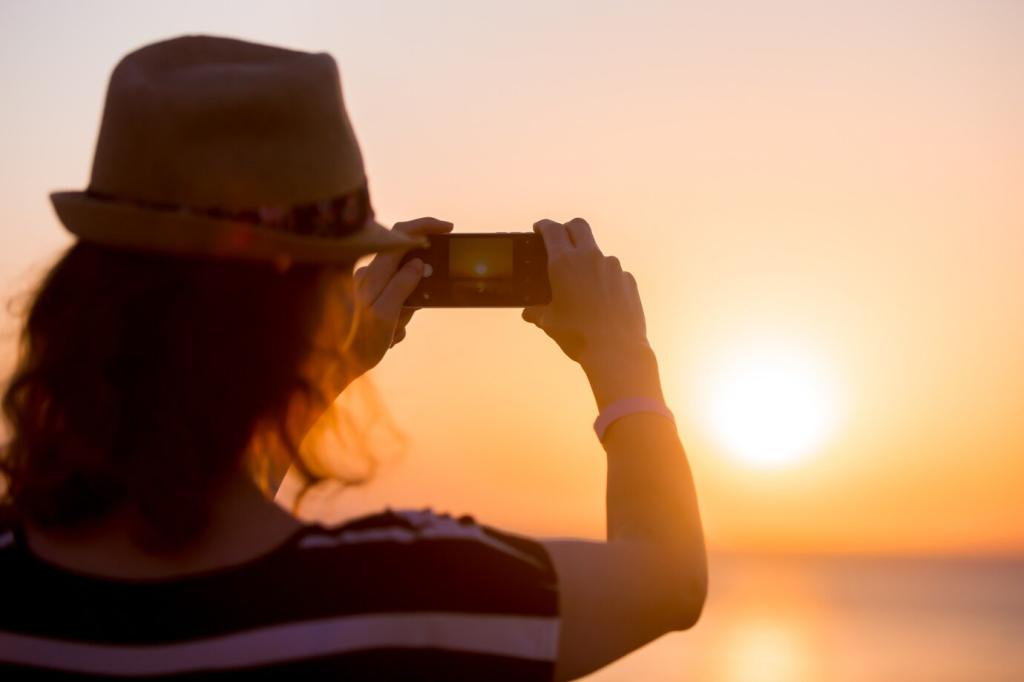RAW, HDR, and Noise Reduction Workflow
If available, enable RAW (DNG) for critical shots. You gain highlight recovery and color control, especially under mixed lighting. Expose to protect highlights, then lift shadows carefully. Share your favorite mobile editor and a quick before-and-after so readers can see the RAW advantage clearly.
RAW, HDR, and Noise Reduction Workflow
Smart HDR can rescue window signs and street lamps while revealing shadowy alleys. However, it may flatten contrast or introduce halos. Test both RAW and HDR on the same scene, compare micro-contrast, and tell us which feels more faithful to the atmosphere you experienced on location.

